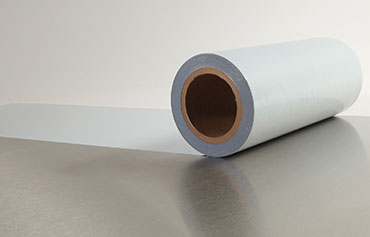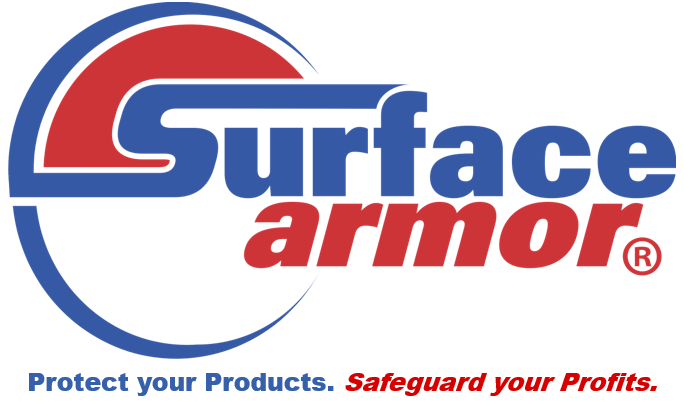
Getting rid of the gunk
Your Problem: Sticky, Gunky Residue
That shipment of sheeted stainless, aluminum extrusions, painted chassis boxes, or window panes just came in. After removing the protective film, it’s clear that every last one of them has some kind of yucky, sticky, adhesive residue left on them. Everyone is scratching heads, and asking you, “How do we get rid of this gunk?”
Your Job: Find A Solution
To figure out how to remove adhesive residue, use the information below to help you develop a practical cost-effective residue removal procedure specific to your particular situation. This quick analysis guide will determine if it’s a big job or small, if you need special removal agents, or if simple remedies for protective film removal will work. (The difference between a procedure and a plan is that one goes to work on the issue while the other goes into a desk drawer until the issue has gone away. 😉
Once you have figured out the scope and severity of the sticky problem, cleaning up the goo should be relatively easy. Provided below is a list of removal agents.
Troubleshooting Guide for Adhesive Residue Removal PDF
Step 1: Assess the severity of the situation
Ask yourself: Is the residue actually an issue? Is it an insignificant but unsightly trace? Will it wear off on its own? Can it removed as a matter of course by a manufacturing operation, such as sand-blasting?
If NO, make sure this issue is known and factored into quality control.
If YES, the adhesive residue actually is an issue and it needs to be removed, so keep reading.
What is the scope of the project?
- A few pieces that can probably be cleaned up manually;
- Quite a few pieces that will need a significant amount of effort to clean up manually;
- A great many pieces in a high volume production operation that will probably need some degree of automation to be practical.
How quickly does the residue need to be removed?
- Within a few minutes
- Within a few hours
- Within a few days
